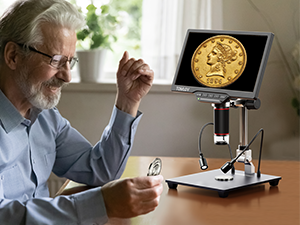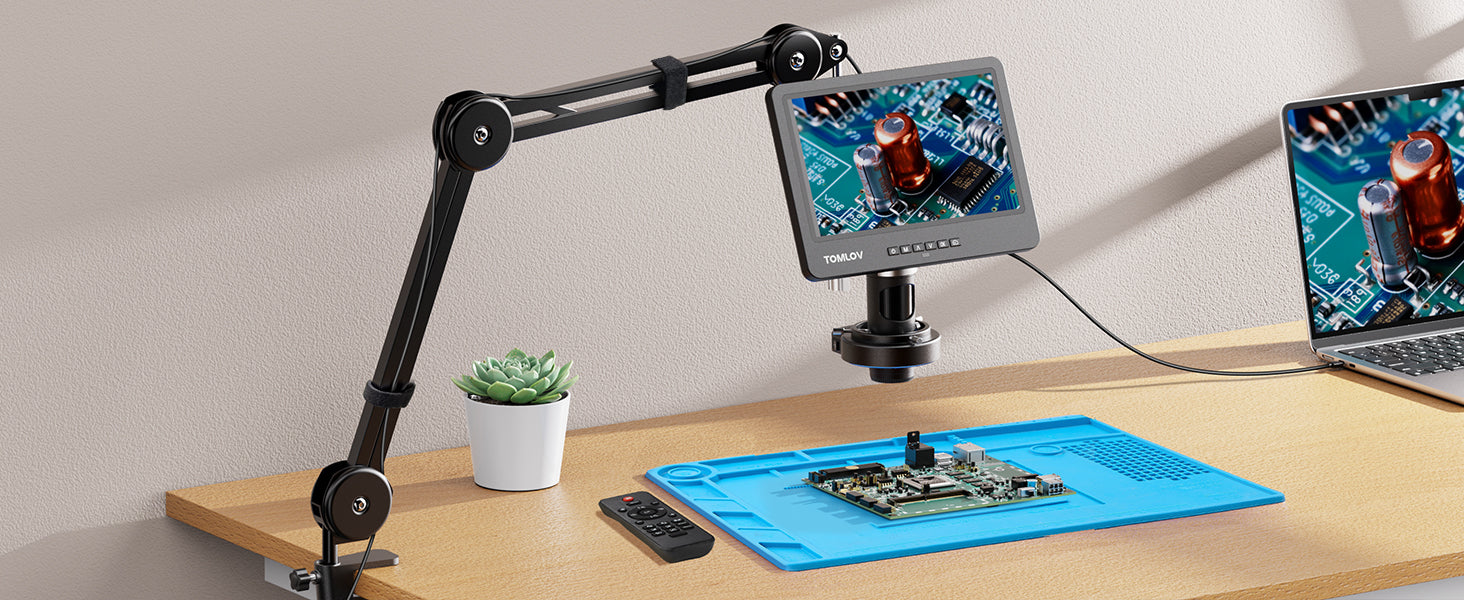What Makes a Coin Valuable?
Collecting coins is a captivating hobby, with countless enthusiasts in the United States. At Tomlov, we understand the importance of helping collectors navigate the world of numismatics. In this article, we will explore what makes a coin valuable in the context of American numismatics, offering insights from our perspective to enrich your collecting experience.
Age:
Age plays a pivotal role in a coin's worth. Generally, older coins tend to be more valuable than those minted recently. This is primarily due to their greater historical and collectible appeal. Additionally, older coins are often scarcer because many have been lost, destroyed, or melted down over time. For example, only a small percentage of 19th-century U.S. coins have survived to the present day, further enhancing their value. Going back to the 18th century, the survival rate drops to less than 1%, making most of these coins command four-figure prices.
Condition:
The condition of a coin significantly impacts its value. Coins with well-preserved original details and minimal visible wear on their surfaces fetch higher prices. Collectors often use grading systems to assess the condition of coins, such as MS (Mint State), AU (Almost Uncirculated), VF (Very Fine), and so on. Coin condition is typically categorized into two states: Uncirculated and Circulated. Uncirculated coins, also known as "Mint State" coins, exhibit no wear and are in a condition similar to when they left the mint. In contrast, circulated coins show signs of use and wear, ranging from slight rubbing to complete erosion of the design. Uncirculated coins command higher prices than circulated ones, and coins with minimal wear are more valuable than heavily worn counterparts.
Type:
The type of coin is a paramount determinant of its value. The market for a particular coin depends on its popularity among collectors. For instance, U.S. coins enjoy a massive collector base, making them highly sought after. The American coin market is the largest within the numismatic field, surpassing other markets such as British coins, ancient coins, and bullion coins. Consequently, even coins from other countries with low mintages may be less valuable than more widely collected U.S. coins. The design and historical significance of certain coin series also influence their collectibility. For example, Mercury Dimes and Morgan Dollars are highly collected due to their design and historical appeal, driving their prices higher than less popular series like Jefferson Nickels.
Rarity:
Rarity encompasses various factors, including age, condition, and type. It primarily hinges on the number of coins minted. Coins with specific date and mintmark combinations can be considerably rarer than others due to limited mintages. For instance, U.S. coins with a "CC" mintmark are often scarcer because the Carson City Mint produced relatively few coins during its existence. Conversely, coins from the Philadelphia mint, typically lacking mintmarks, tend to be less valuable due to the mint's extensive production history. Each coin series usually has one or two "key" or "key date" coins, exceptionally rare and valuable compared to the rest of the series. Notable examples include the 1909-S VDB Lincoln Cent, the 1916-D Mercury Dime, and the 1928 Peace Dollarm Apart from specific dates and types of coins, there are also some rare varieties or error coins that are highly sought after due to their uniqueness. For instance, the 1955 Doubled Die Lincoln Cent is a classic example because they are a result of a minting error, extremely rare, and therefore, highly valuable.
Demand:
Market demand for coins can also impact their value. Some coins may become highly sought after due to specific historical events or personal interests, which can lead to soaring prices. Trends and popularity in the collecting market can influence the value of coins.
Conclusion:
In conclusion, the value of coins is influenced by a complex interplay of factors, including age, condition, type, and rarity. Understanding these factors is essential for coin collectors. and at Tomlov, we specialize in digital microscopes, we are dedicated to being your trusted Coins companion. Make your coin journey truly rewarding.
![[Tomlov digital microscope] - Elevating Your Coin Searching Journey](https://cdn.shopify.com/s/files/1/0661/4856/5211/files/4.3-1_480x480.png?v=1693208570)

![[Tomlov] - Elevating Your Coin Searching Journey](http://tomlov.com/cdn/shop/articles/Coin_Microscope_Full_View.png?v=1702018380&width=1500)


Leave a comment
All comments are moderated before being published.
This site is protected by reCAPTCHA and the Google Privacy Policy and Terms of Service apply.